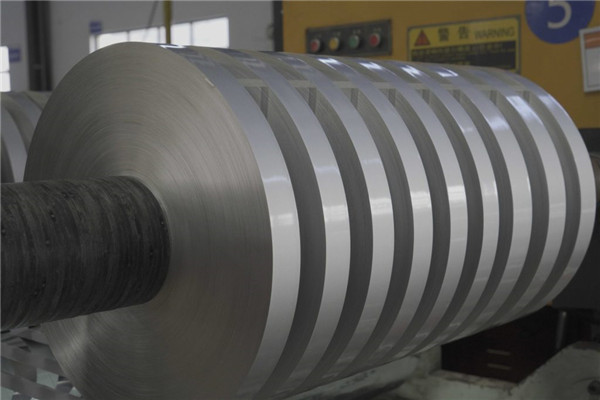Cable shielding is a crucial aspect of electrical wiring and cable design. It helps to protect electrical signals from interference and maintain its integrity.
There are a number of materials used for cable shielding, each with its own unique properties and characteristics. Some of the most common materials used for cable shielding include:
Aluminum Foil Shielding: This is one of the most basic and inexpensive forms of cable shielding. It provides good protection against electromagnetic interference (EMI) and radio frequency interference (RFI). However, it is not very flexible and may be difficult to install.

Braided Shielding: Braided shielding is made up of fine strands of metal woven together to form a mesh. This type of shielding provides good protection against EMI and RFI and is flexible, making it easier to install. However, it can be more expensive than other materials and may be less effective in high-frequency applications.
Conductive Polymer Shielding: This type of shielding is made from a conductive polymer material that is molded around the cable. It provides good protection against EMI and RFI, is flexible, and is relatively low-cost. However, it may not be suitable for high-temperature applications. Metal-Foil Shielding: This type of shielding is similar to aluminum foil shielding but is made from a thicker, heavier-duty metal. It provides good protection against EMI and RFI and is more flexible than aluminum foil shielding. However, it can be more expensive and may not be suitable for high-frequency applications.
Spiral Shielding: Spiral shielding is a type of metal shielding that is wound in a spiral pattern around the cable. This type of shielding provides good protection against EMI and RFI and is flexible, making it easier to install. However, it can be more expensive and may not be suitable for high-frequency applications. In conclusion, cable shielding is a crucial aspect of electrical wiring and cable design. There are a number of materials used for cable shielding, each with its own unique properties and characteristics. Choosing the right material for a particular application will depend on factors such as frequency, temperature, and cost.
Post time: Mar-06-2023

